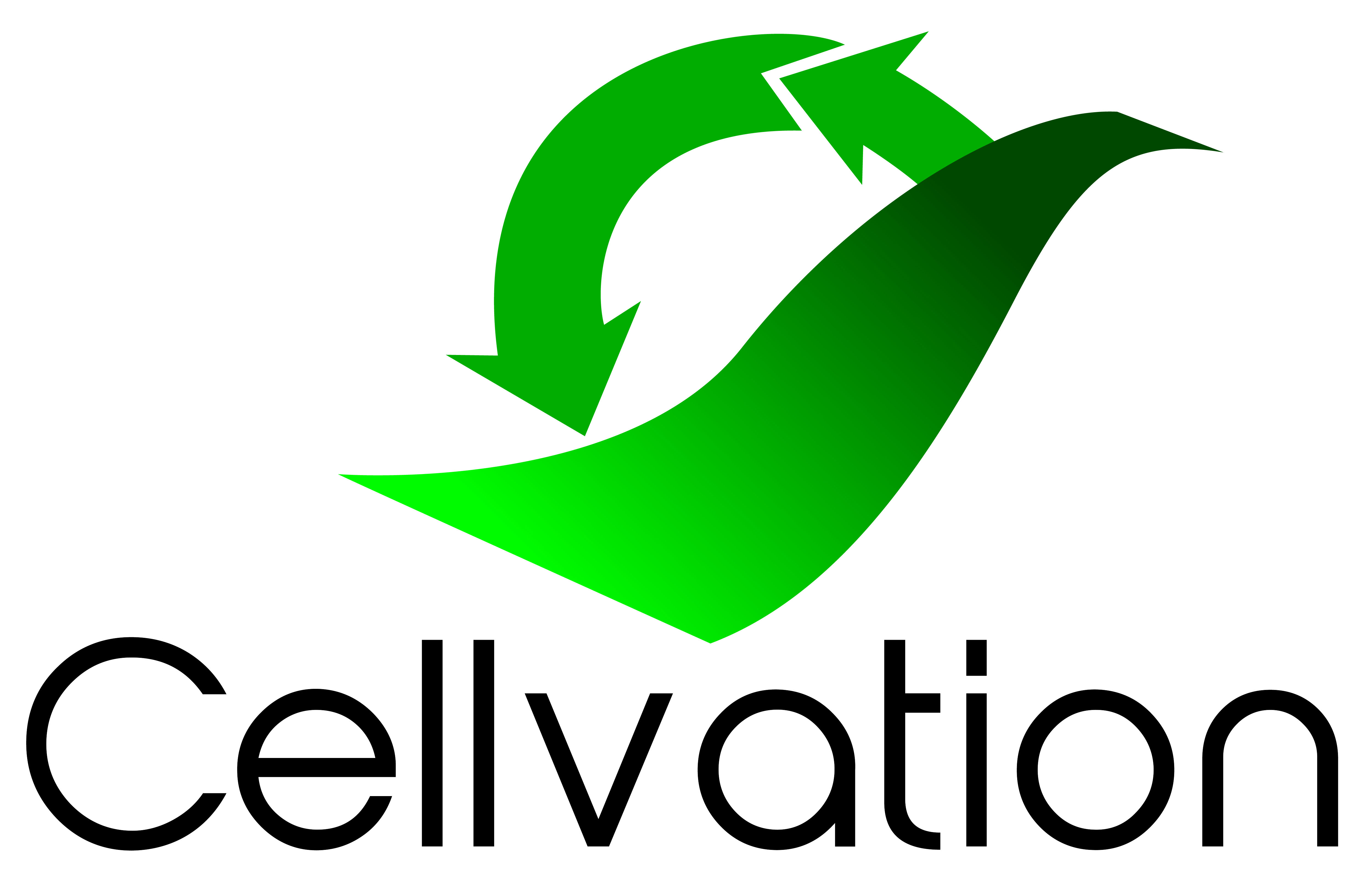Cellulose recovery
The reduction of waste and recovery of valuable components are essential actions to maintain a good and healthy environment for future generations. One way CirTec contributes, it’s by upgrading and valorising raw material extracted from sewage.
Through the Cellvation process, our demonstration installation at the STP Geestmerambacht of the Water Authority Hollands Noorderkwartier recovers 200 kg cellulose per day. The recovered cellulose is marketed under the brand Recell© and used in various applications. Within the SMART-Plant consortium, Recell© is used to produce biocomposites and biopolymers. The recovered cellulose is also applied in asphalt, concrete, insulation material and other building material.
Together with Recell Group, CirTec has founded the company Cellvation BV. Cellvation offers a process that enables the recovery of used toilet paper from sewage and turn it into valuable cellulose, either in a fluffy form or in pellets.
The process
Sewage water enters the treatment plant and flows through a coarse screen that removes large particles. After that, the Cellvation process effectively starts when the sewage water is pumped through a grit chamber to remove the easily sinkable solids. The remaining wastewater goes through the cellulose washer that separates the cellulose fibres from larger particles and hairs. The influent wastewater is then fed to a rotating belt filter which significantly improves the water quality and wastewater discharge options.
The filtrate is discharged, and the solids are removed from the filter by means of a patented cleaning system that uses air pressure at the end of the filtration area. The cellulosic fibres coming from the rotating belt filter are pre-dewatered in the dewatering unit coupled to the filter and then, are further dewatered by the CellPress. The dry solids leaving the CellPress are hygiensied, dried and polished to either fluff or pallets.
Cellulose recovery
The reduction of waste and recovery of valuable components are essential actions to maintain a good and healthy environment for future generations. One way CirTec contributes, it’s by upgrading and valorising raw material extracted from sewage.
Through the Cellvation process, our demonstration installation at the STP Geestmerambacht of the Water Authority Hollands Noorderkwartier recovers 200 kg cellulose per day. The recovered cellulose is marketed under the brand Recell© and used in various applications. Within the SMART-Plant consortium, Recell© is used to produce biocomposites and biopolymers. The recovered cellulose is also applied in asphalt, concrete, insulation material and other building material.
Together with Recell Group, CirTec has founded the company Cellvation BV. Cellvation offers a process that enables the recovery of used toilet paper from sewage and turn it into valuable cellulose, either in a fluffy form or in pellets.
The process
Sewage water enters the treatment plant and flows through a coarse screen that removes large particles. After that, the Cellvation process effectively starts when the sewage water is pumped through a grit chamber to remove the easily sinkable solids. The remaining wastewater goes through the cellulose washer that separates the cellulose fibres from larger particles and hairs. The influent wastewater is then fed to a rotating belt filter which significantly improves the water quality and wastewater discharge options.
The filtrate is discharged, and the solids are removed from the filter by means of a patented cleaning system that uses air pressure at the end of the filtration area. The cellulosic fibres coming from the rotating belt filter are pre-dewatered in the dewatering unit coupled to the filter and then, are further dewatered by the CellPress. The dry solids leaving the CellPress are hygiensied, dried and polished to either fluff or pallets.

 Nederlands
Nederlands Deutsch
Deutsch